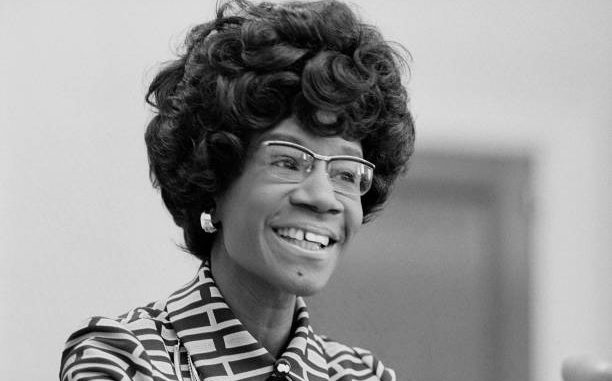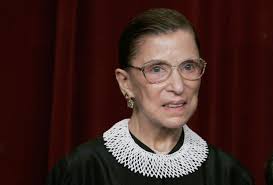
Cherry Sokoloski
As the women’s suffrage centennial year winds down, there are so many things to reflect upon. Our recent election proved how sacred the vote is – for women and men of all colors and races – as they turned out in record numbers to choose the next president of the United States. Vice president-elect Kamala Harris honored the legacy of the suffragists by wearing white for her acceptance speech.
Why are voting rights so critical? “Voting is all about power: who has it, and who doesn’t want to give it up,” says writer Michael Waldman. “It’s the central story of the United States.” People yield power only when they have to, and the fight for women’s suffrage illustrates that principle, powerfully and painfully.
Suffragist Carrie Chapman Catt was triumphant and smiling in 1920, when the 19th Amendment was finally ratified. But she was tired, after 30 years in the trenches, and she had a strong message for women who would follow: “The vote is the emblem of your equality and the guarantee of your liberty,” she said. “Women have suffered agonies of soul, so that you and your daughters might have political freedom. The vote has been costly. Use it intelligently, conscientiously, prayerfully.”
A heavy toll
The fight for suffrage was not for the faint of heart. Women like Mary Church Terrell, a black woman from Colorado, joined suffrage leader Alice Paul in picketing the White House, 1917-19. They were arrested, then humiliated and tortured behind bars. Inez Milholland, who led the Washington, D.C. suffrage parade in 1913 astride a great white horse, later collapsed from exhaustion while giving a speech for the cause. She died two weeks later.
Earlier suffragists carried their message by horse and buggy, dragging their long skirts through the mud to speak in churches and town halls. These leaders gave their lives to the cause, but did not live to see the dream realized.
Racism
Before slavery was outlawed in America, the early suffragists understood that their plight was similar to that of African-Americans in bondage. In fact, many of them were staunch abolitionists before they were suffragists. Nonetheless, the suffrage legacy includes notable instances of racism. Black women had to fight their way into the movement, and when women were close to winning the vote, some were willing to throw Black women under the bus if it meant getting the vote for white women. Fortunately, the Black women prevailed, and the language of the 19th Amendment remained inclusive.
Even when the 19th Amendment became law, most Black women of the South still could not vote. They were handed the same obstacles, such as literacy tests and poll taxes, that Black men had faced ever since the 15th Amendment (1870) gave them the right to vote. It was not until the Voting Rights Act passed in 1965 that millions of Black voters were finally enfranchised.
The effects of the VRA were dramatic to say the least, and they illustrate the significance of access to the vote. “The number of black registered voters in the South increased from 31 percent to 73 percent,” reports journalist Ari Berman. “The number of black elected officials increased from fewer than 500 to 10,500 nationwide; and the number of black members of Congress increased from 5 to 44,” among them Rep. Shirley Chisholm and Rep. John Lewis.
The journey continues
There is plenty of evidence that voting rights cannot be taken for granted, especially for people of color. As recently as 2013, the Voting Rights Act lost a good deal of its punch when the U.S. Supreme Court “put a dagger into the very heart” of the law, according to Lewis. The court struck down a provision that had allowed the federal government to oversee several Southern states’ voting rules and put a stop to any discriminatory practices. Without the enforcement measure, states were able to promptly reinstate policies like voter ID that disproportionately impacted Black voters.
Voter suppression is still alive and well in the United States, but the 2020 election had at least one positive outcome for voter access: Because of the Covid-19 pandemic, many states opened up more ways and longer timeframes for voters to cast ballots. This flexibility likely played a role in the high voter turnout, and it’s worth watching to see if the changes remain in effect.

The women’s suffrage story provides lessons in courage, persistence and patience for the leaders of today. Ruth Bader Ginsburg, whose mother was a suffragist, took the baton and ran with it, as a champion of gender equality for both women and men. Perhaps others will be inspired to work toward such lofty goals as the elimination of racism, universal health care, or the exorcism of poverty.
These things are more possible when all citizens have access to the vote.
Sources: Give Us the Ballot by Ari Berman (2015); PBS documentary, The Vote.
Support Northern Colorado Journalism
Show your support for North Forty News by helping us produce more content. It's a kind and simple gesture that will help us continue to bring more content to you.
BONUS - Donors get a link in their receipt to sign up for our once-per-week instant text messaging alert. Get your e-copy of North Forty News the moment it is released!
Click to Donate
